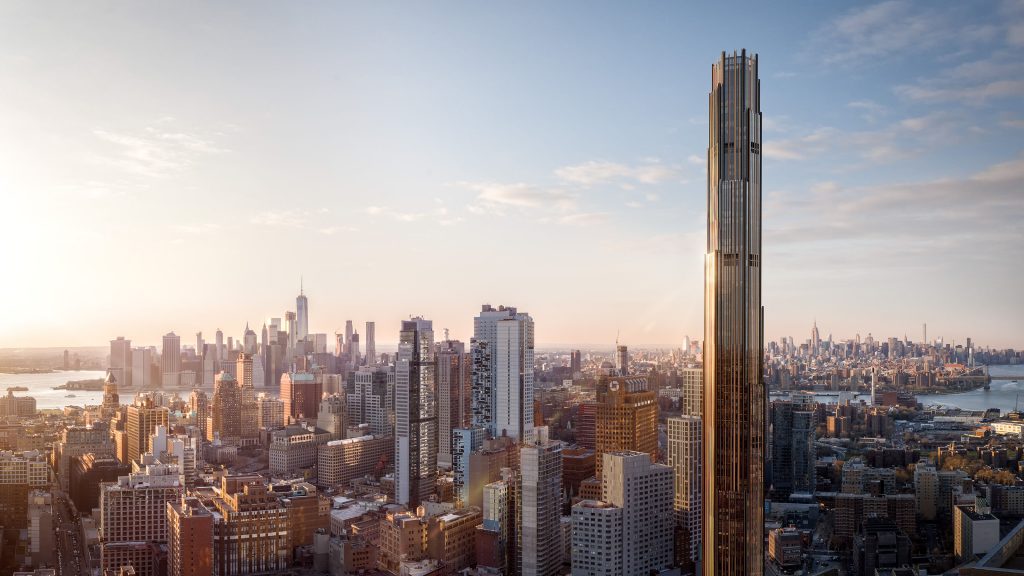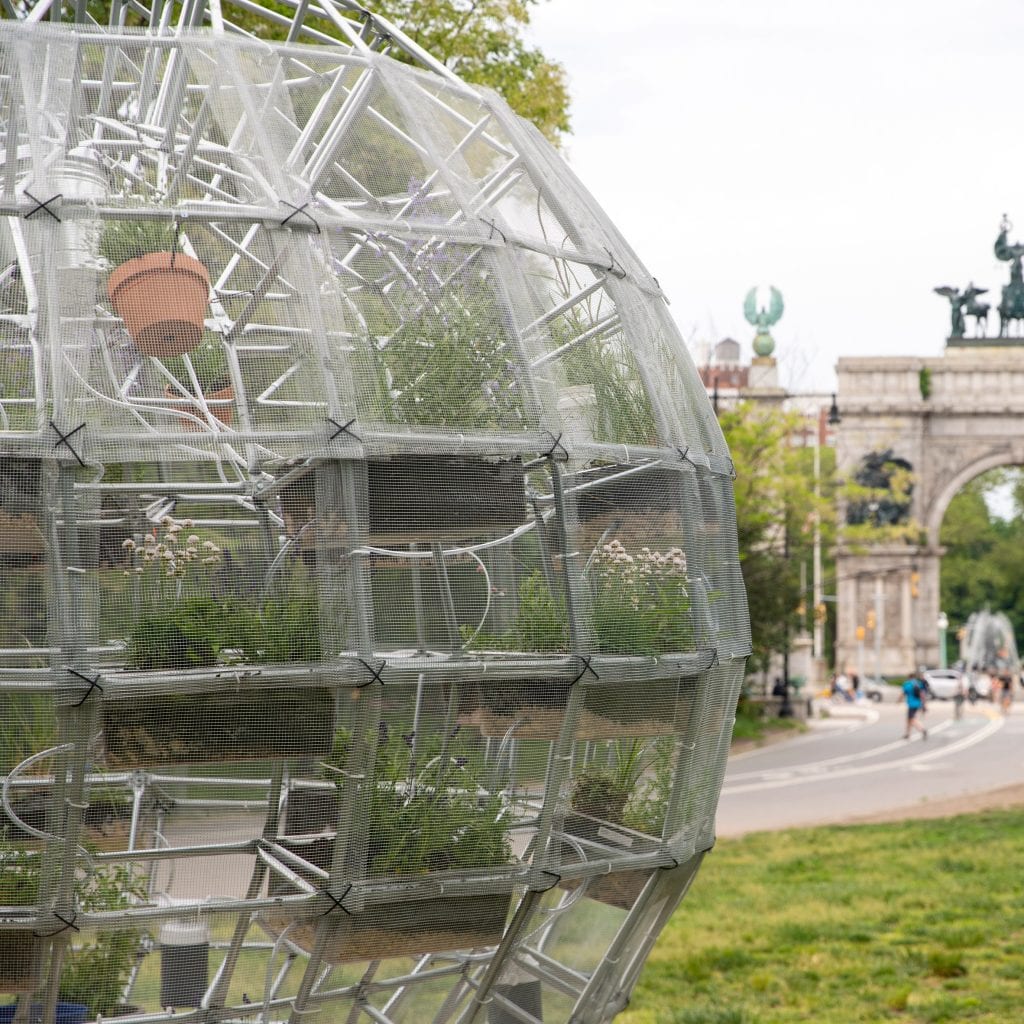2 Likes
#brooklyn
The other day I was walking on a #Brooklyn sidewalk when I saw a man throw some crumbs on the floor for the pigeons to eat. I was starting to get annoyed when he produced a handmade net catcher and with a swift movement betraying a long experience, caught a couple of bids attracted by the food.
I have no idea what he did with them (eat? sell?) but I’m glad he’s doing this service to the city 🫡
2 Likes
Tastes like success.

https://www.dailymotion.com/video/x8favkp
29 sec video
#lol #tongue #Brooklyn #NY
3 Likes
4 Comments
One person like that
2 Likes
4 Likes
1 Comments
"Wir haben ihn": Verdächtiger nach Schüssen in New Yorker U-Bahn gefasst | DW | 14.04.2022
Erleichterung nach der Schießerei in der New Yorker U-Bahn: Ein Verdächtiger ist gefasst. Das Tatmotiv bleibt weiter unklar. Ein erster Gerichtstermin soll das ändern.#USA #NewYork #U-Bahn #Brooklyn #Manhattan #Festnahme #Verdächtiger #Schüsse #Rauchbomben #EricAdams
"Wir haben ihn": Verdächtiger nach Schüssen in New Yorker U-Bahn gefasst | DW | 14.04.2022
SHoP Architects' supertall Brooklyn Tower tops out in New York
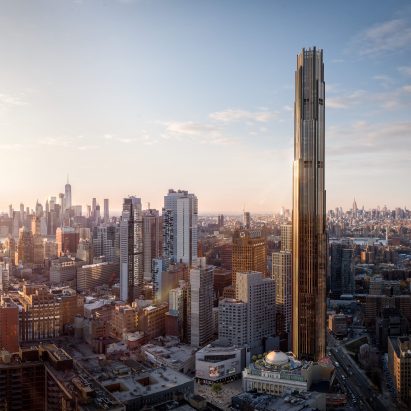
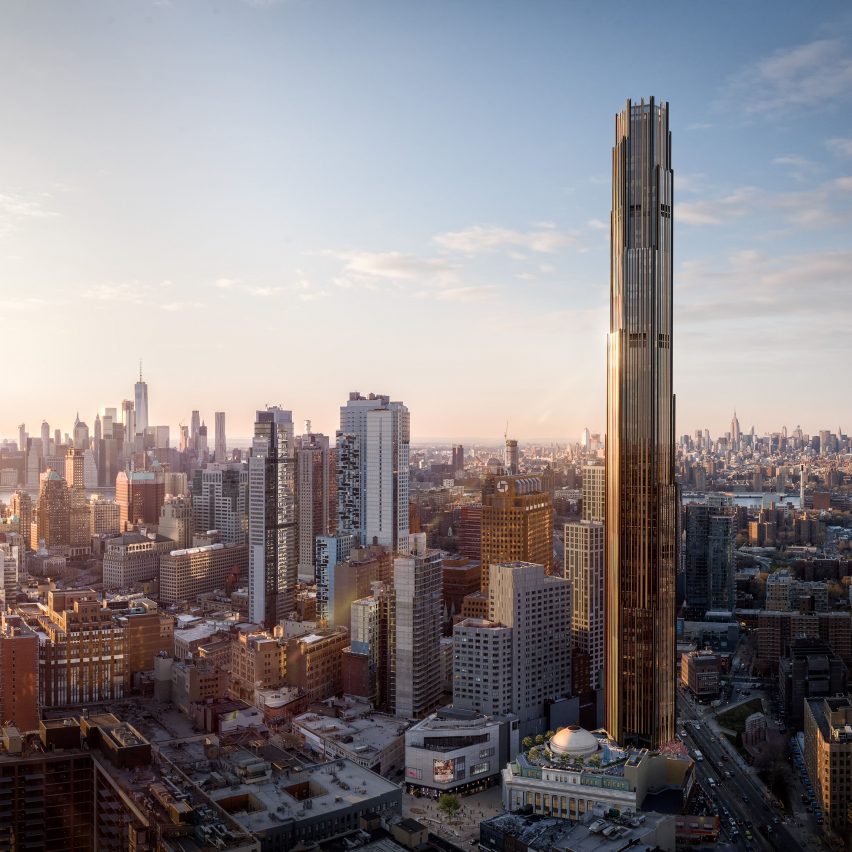
The Brooklyn Tower supertall skyscraper by SHoP Architects, which became the borough's tallest building last year, has reached its full height.
Reaching 93 storeys and 1,066 feet (325 metres) tall, The Brooklyn Tower is the first in the borough to claim supertall status.
The mixed-use tower, which was formerly called 9 DeKalb, will contain offices, with residences starting on the 53rd floor and over 100,000 square feet (9,300 square metres) of retail space at its base.
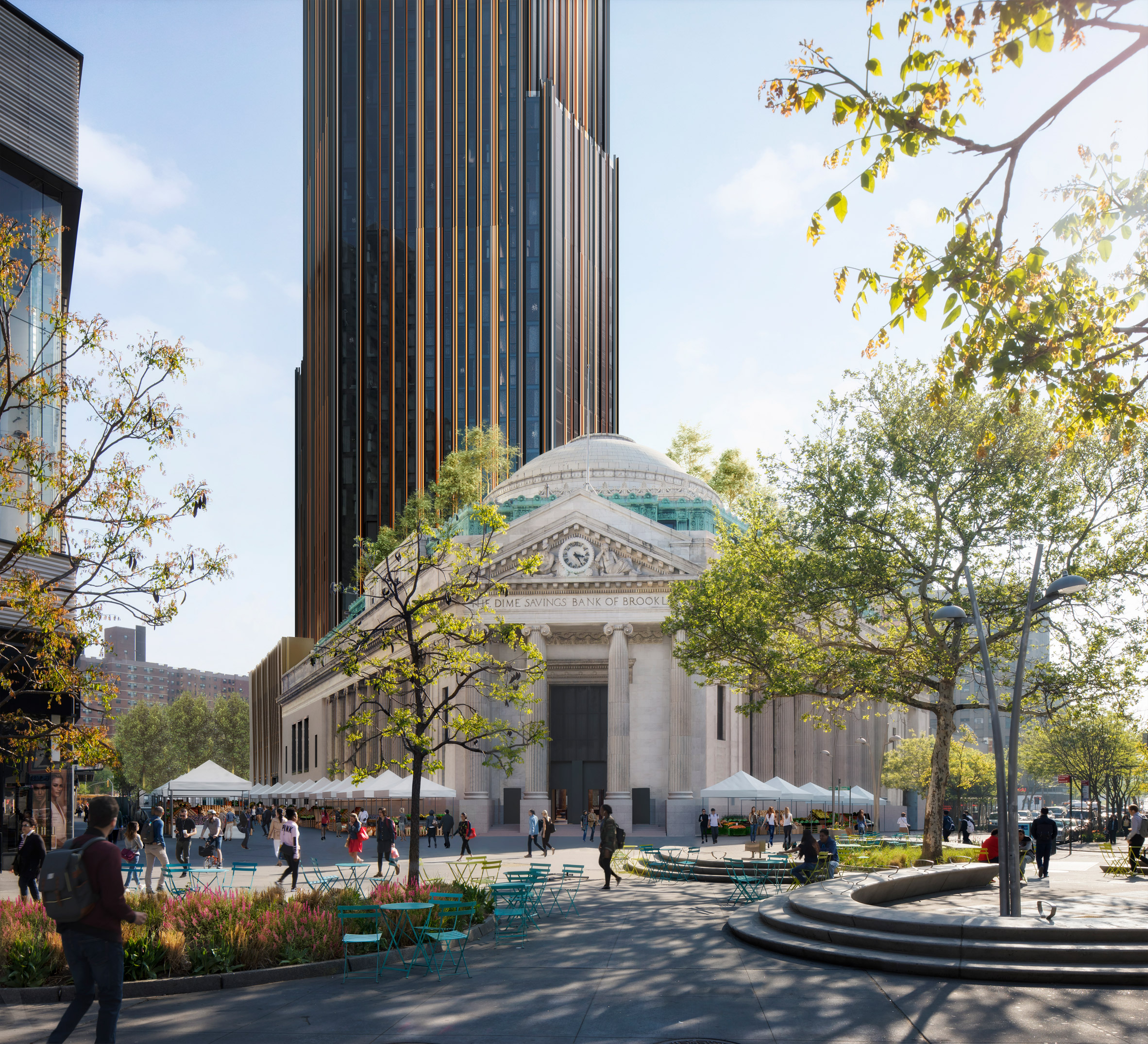 SHoP Architects' skyscraper incorporates the historic Dime Savings Bank building at its base
SHoP Architects' skyscraper incorporates the historic Dime Savings Bank building at its base
The building is the latest supertall skyscraper – defined as measuring between 984 and 1,969 feet (300 and 600 metres) tall – to reach its full-height in the city.
It has a broader base than many of the skinny skyscrapers across the East River, some of which have reportedly experienced engineering issues as a result of high winds.
According to SHoP Architects' founding principal Gregg Pasquarelli, his skyscraper's broader shape will enable it to avoid similar problems.
"This is a fundamentally different building than the other supertalls in the city with a considerably wide base," Pasquarelli told Dezeen. "So in many ways we had that advantage from the start."
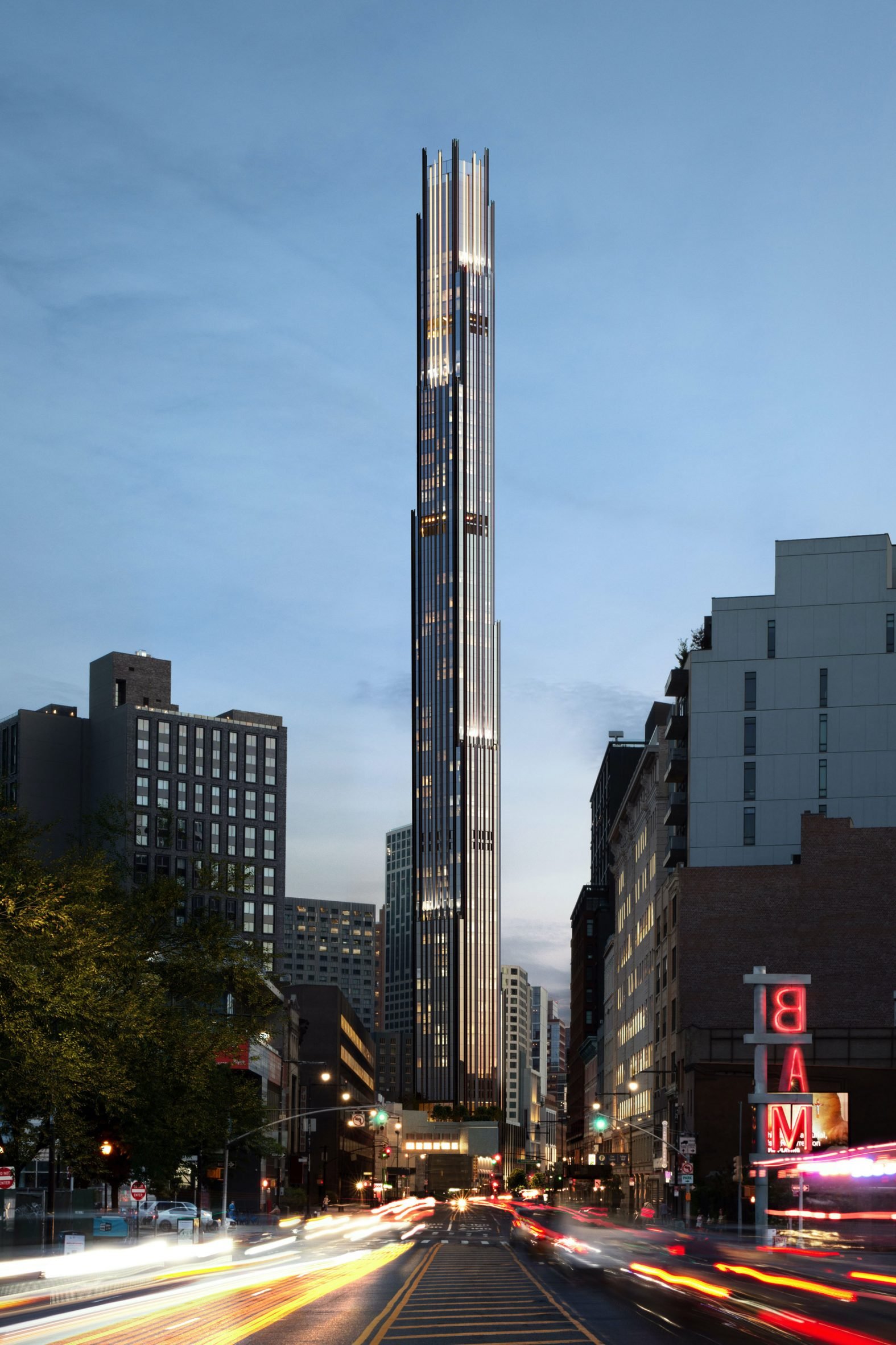 The Brooklyn Tower is now the tallest building in the New York City borough
The Brooklyn Tower is now the tallest building in the New York City borough
The layout of less-dense Brooklyn and the integration of a historic building into the tower's base have both contributed to its larger footprint.
"The design of The Brooklyn Tower arose from the native geometries of its triangular site and location in Downtown Brooklyn," said Pasquarelli.
The Dime Savings Bank of Brooklyn, a landmark building that dates back to 1859, was incorporated into the tower and also informed some of SHoP Architects' design decisions.
[ 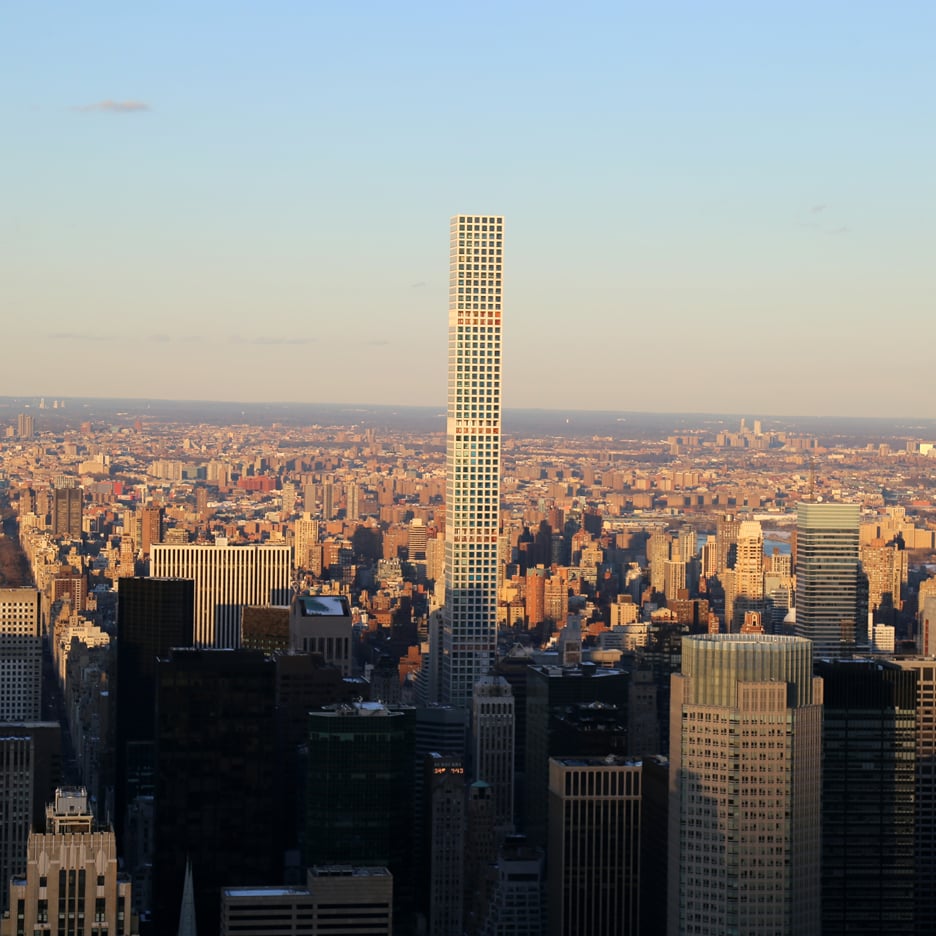
Read:
Floods and high winds plague residents of Rafael Viñoly's 432 Park Avenue
Elements from the interior of the bank – including the hexagonal shapes, geometric patterning and rich materials – influenced the tower's form and facade treatments, according to Pasquarelli.
"The building's distinctive materiality incorporates elegant white marble at its base and evolves to blackened stainless steel and shades of bronze and copper as the tower ascends," the architect said.
With setbacks that narrow to a point, the tower is accessible from two points from the ground.
The first on Fleet Street is intended as a residential entrance, with interiors by Krista Ninivaggi of Woods Bagot that feature restored marble and a double-height atrium with "white oak walls cut into a sculptural pattern".
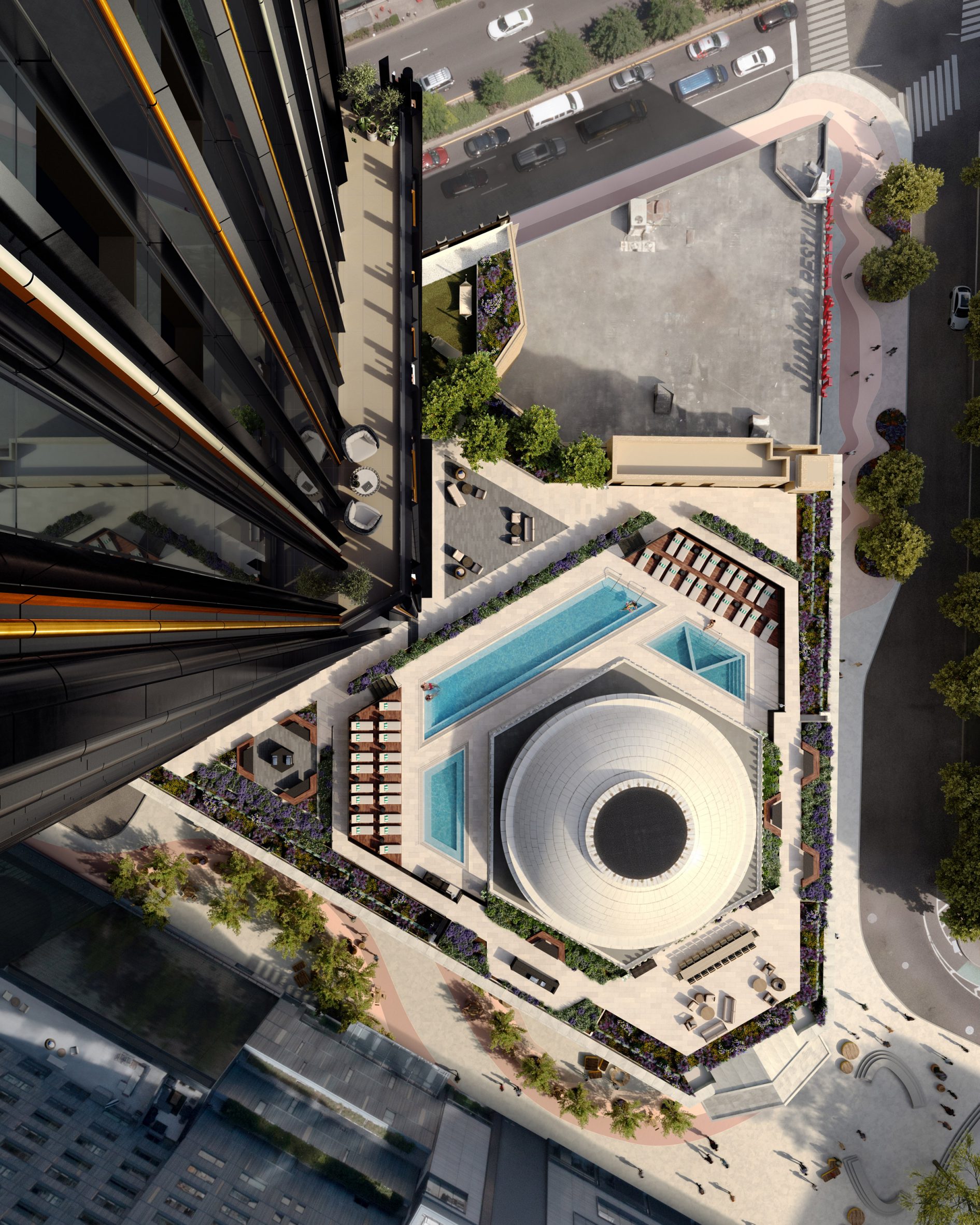 Three rooftop swimming pools will surround the bank's dome
Three rooftop swimming pools will surround the bank's dome
The other entrance is into the retail area through the restored Dime Savings Bank on the Flatbush Avenue Extension.
Gachot Studios designed the interiors for the tower's residences, which will include 150 condominiums, and 400 rental residences with 30 per cent designated for middle-income housing.
The Dome Pool and Terrace will include three swimming pools that surround the historic bank's roof, while the 66th floor of the skyscraper will have the highest basketball court built anywhere in the world, not accounting for altitude.
New York City has several supertall skyscrapers. The Brooklyn Tower was among several that shed large chunks of ice in late February during unseasonable weather, including SHoP Architects' 111 West 57th Street.
Other supertalls recently completed in the Big Apple include One Vanderbilt by Kohn Pedersen Fox. Last year, Dezeen compiled a list of supertalls changing the skyline of the city.
SHoP is based in New York and known for its work on the Barclays Center, not far from The Brooklyn Tower. The firm's workers recently moved to unionise in response to an alleged culture of "endless overtime and deadlines".
The post SHoP Architects' supertall Brooklyn Tower tops out in New York appeared first on Dezeen.
#skyscrapers #all #architecture #news #usa #brooklyn #shoparchitects #newyorkcity #supertallskyscrapers #newyork
1 Shares
#music #experimental #folk #improvisation #jazz #tenorbanjo #Brooklyn
Bent Ring by wendyeisenberg
- “an effortless fusion of a love record, a statement of commitment to a life in the arts, a critique of arts industries and how inherently draining they are, that has never been communicated so seamlessly on any record before.”
2 Likes
3 Likes
2 Likes
4 Comments
● NEWS ● #Techdirt ☞ #Brooklyn DA Releases 10,000 #Police Misconduct Records To Gothamist, Exposing Cops Prosecutors Don't Want In Their Courtrooms https://www.techdirt.com/articles/20210807/19071547322/brooklyn-da-releases-10000-police-misconduct-records-to-gothamist-exposing-cops-prosecutors-dont-want-their-courtrooms.shtml
5 Likes
3 Comments
1 Shares
Watershed Core is a cyclical installation that filters rainwater in New York
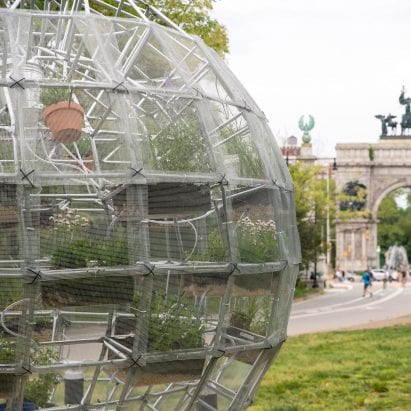
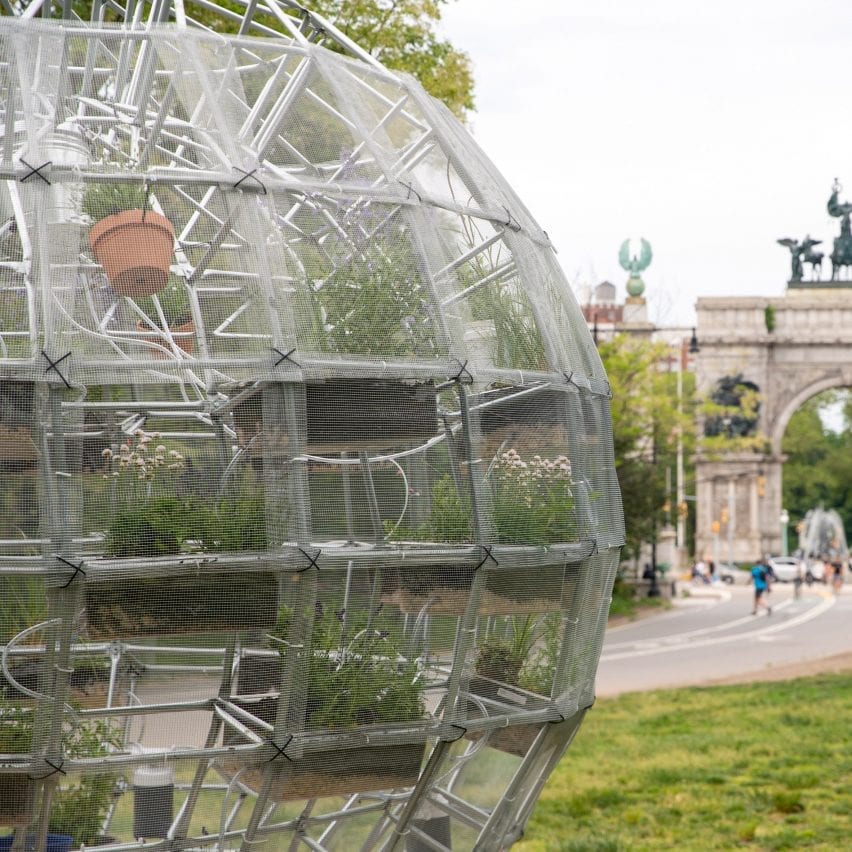
Artist Mary Mattingly has designed a sphere filled with native plants that filter water in a gravity-fed system to mimic New York City's water system.
Named Watershed Core, the installation in Prospect Park, Brooklyn, was designed to draw attention to issues around quality, access and privatisation of water in the city.
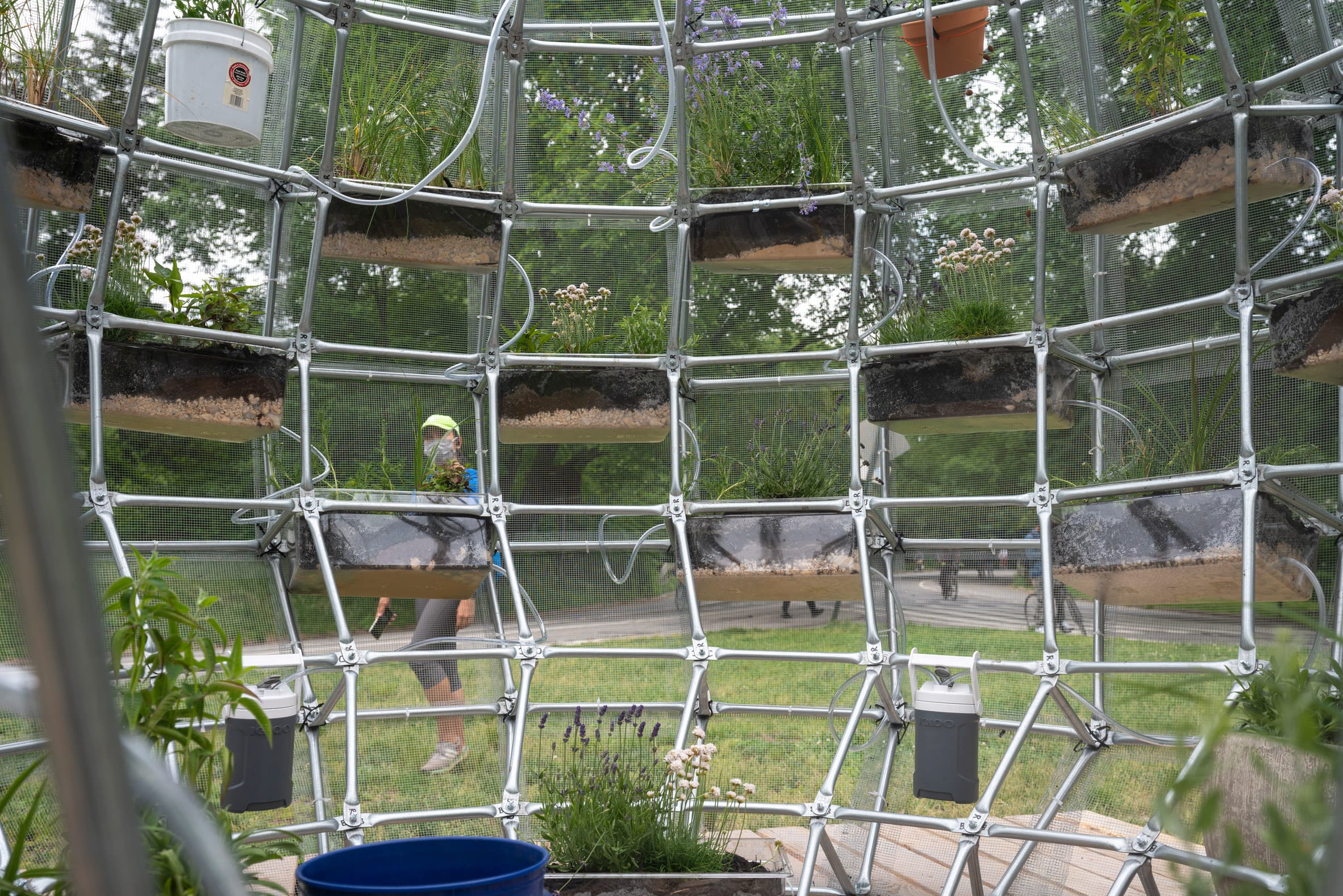 Watershed Core mimics the geological features of a watershed
Watershed Core mimics the geological features of a watershed
Mattingly's sculpture mimics the workings of New York City's drainage basin, which includes aqueducts, reservoirs and tunnels.
It is part of her multiform project Public Water that includes a digital campaign and education initiatives alongside Watershed Core.
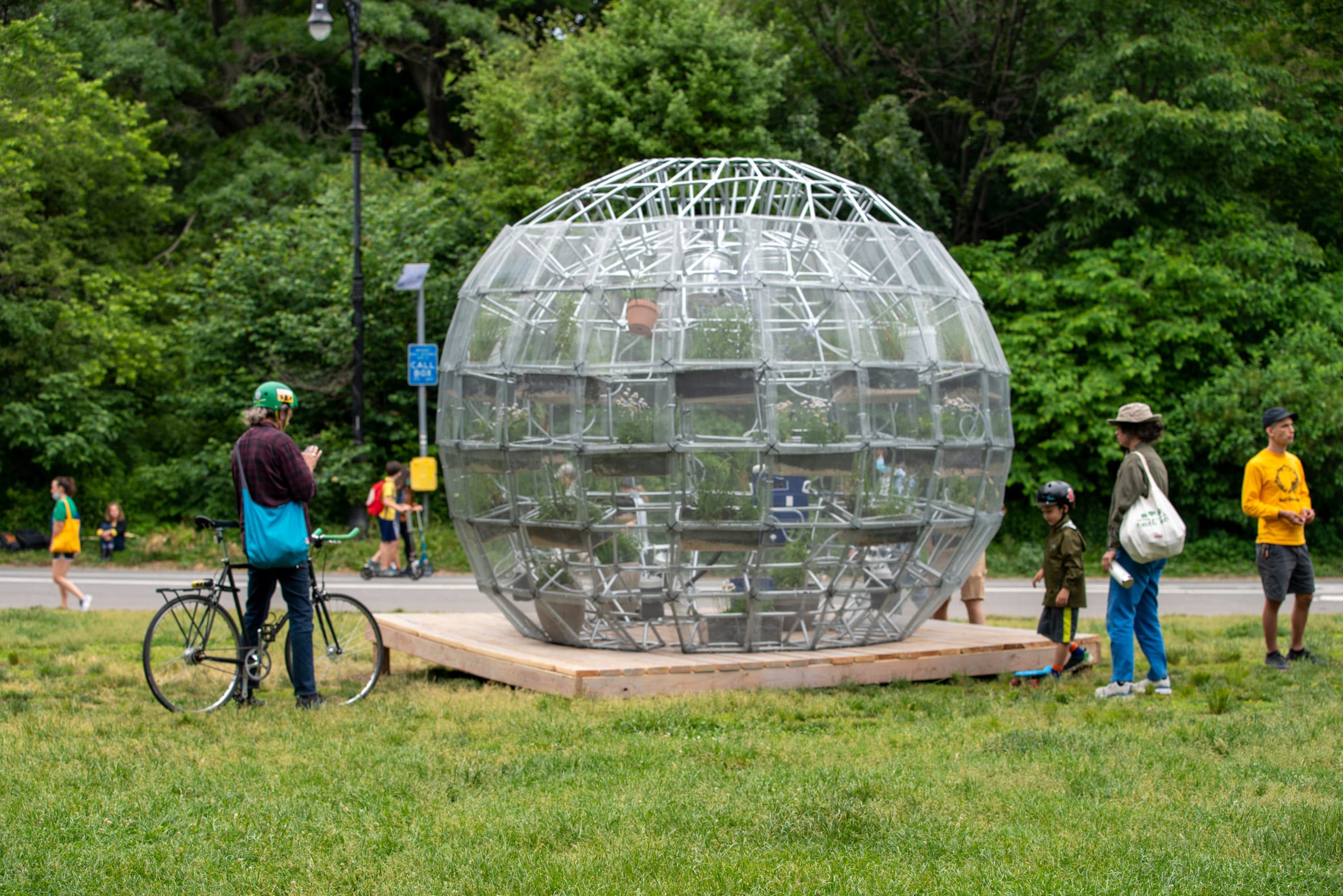 A spherical structure makes up the installation
A spherical structure makes up the installation
The installation is a 10-foot (three-metre) tall open-air spherical sculpture made from metal supporting restaurant trays filled with native plants.
Rainwater is collected by the sculpture, where it is cleaned by the filtration elements of plants, soil, sand, rock and a layer of carbon through a process called phytoremediation.
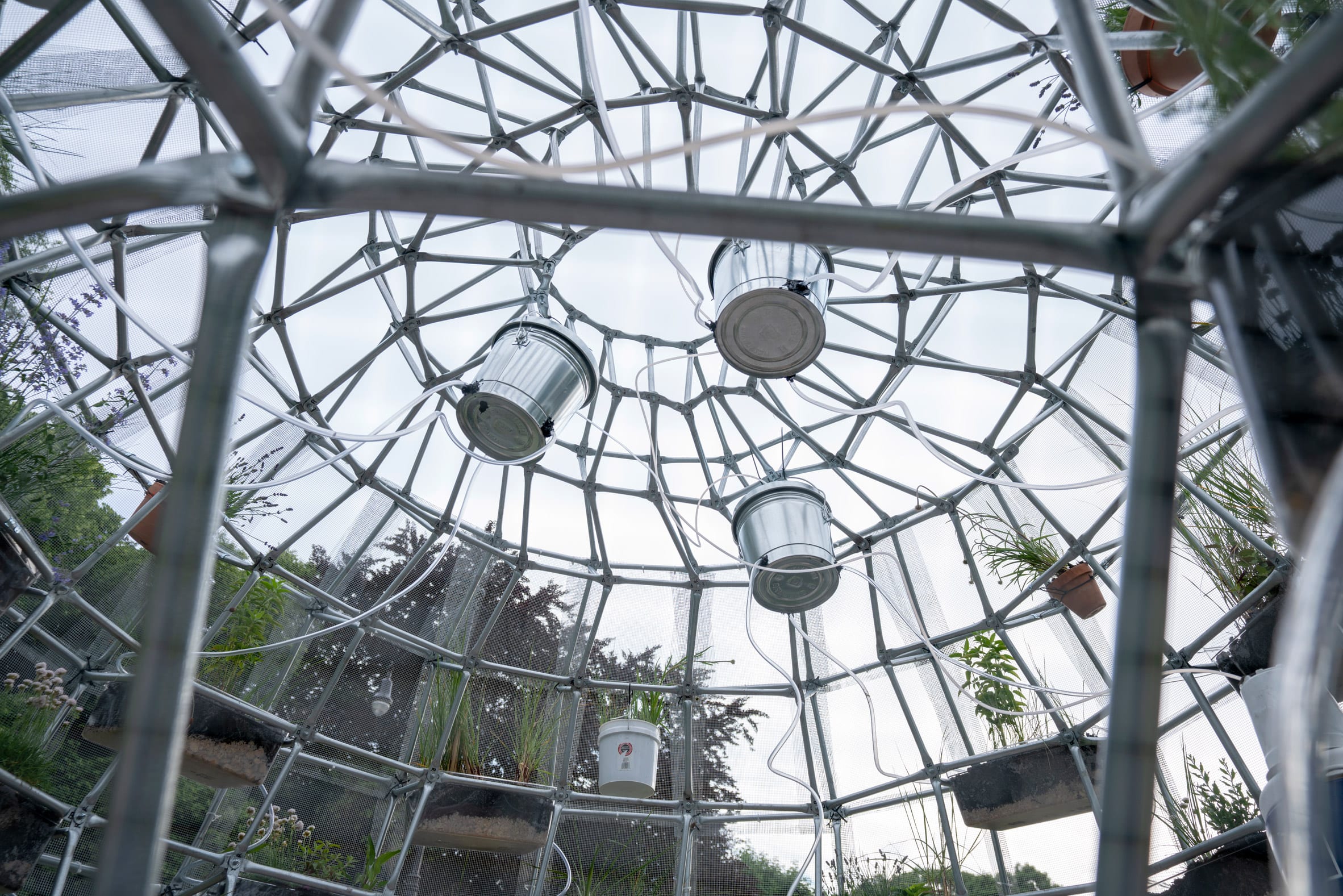 Rainwater enters through holes in the sculpture
Rainwater enters through holes in the sculpture
"Watershed Core is a sculpture that describes the geology of parts of New York City's drinking watershed through carbon, soils, rocks and plants," Mattingly told Dezeen.
"The installation filters rainwater for drinking," she continued.
"Water moves through the trays and into the water bottles at the bottom of the sculpture. There is a backup system inside the sculpture where water from Prospect Park can be added in case of a prolonged period without rain. This system uses a hand pump and several buckets."
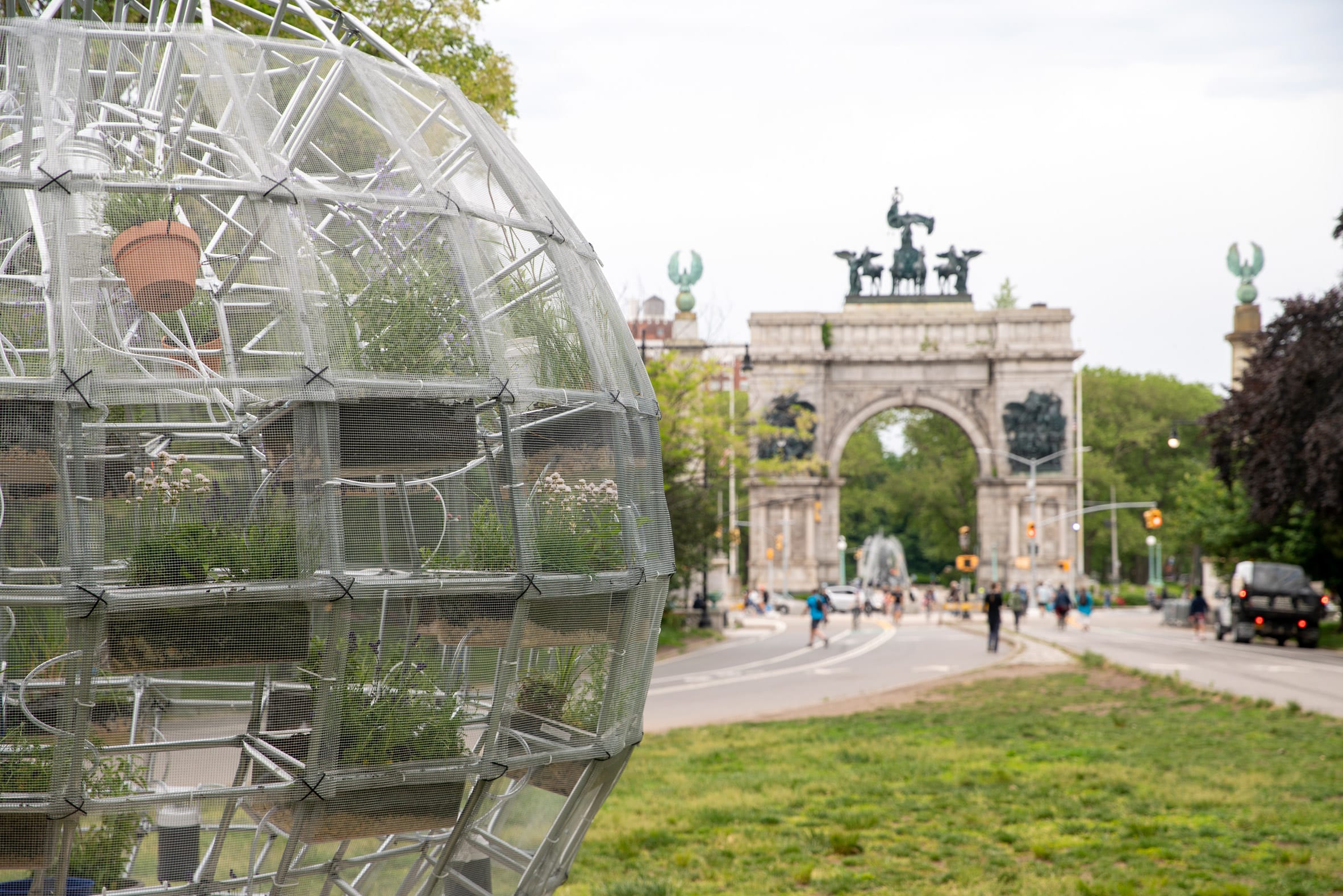 The installation is in Brooklyn's Prospect Park
The installation is in Brooklyn's Prospect Park
Mattingly completed the project with More Art, a New York-based non profit art organisation that focuses on socially-driven public art projects.
Watershed Core aims to raise awareness of how we can all become better water stewards in our understanding of where clean water comes from, and how it is governed.
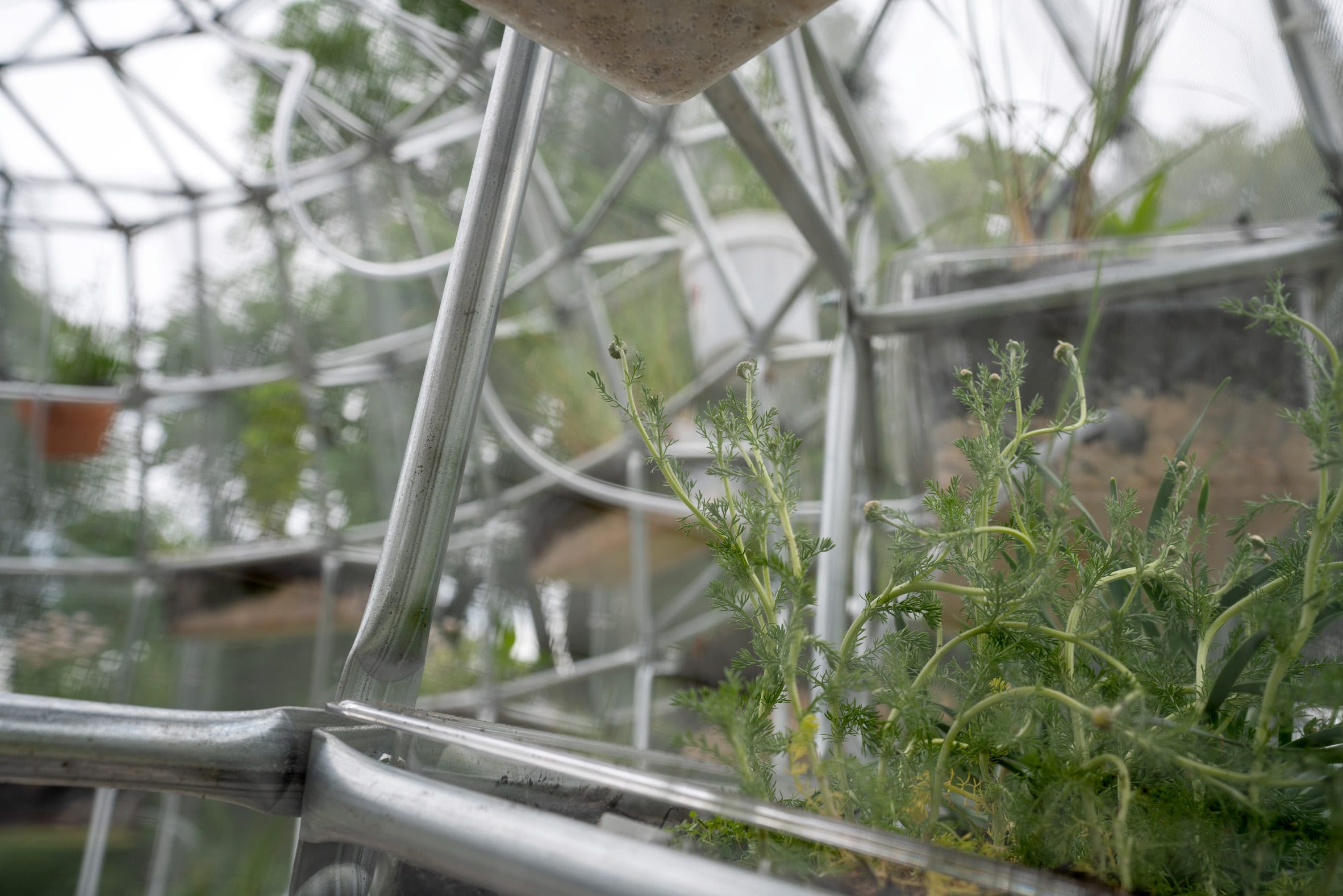 The project raises awareness of water stewardship
The project raises awareness of water stewardship
Growing up in an agricultural town outside of New York City, Mattingly noticed how the already pesticide-polluted well that provided water to her town began to accrue more contaminates over time when it was privatised.
This experience led the artist to investigate water and its politics in America, where the country's freshwater supplies are at risk of running low due to decreasing precipitation and increasing populations.
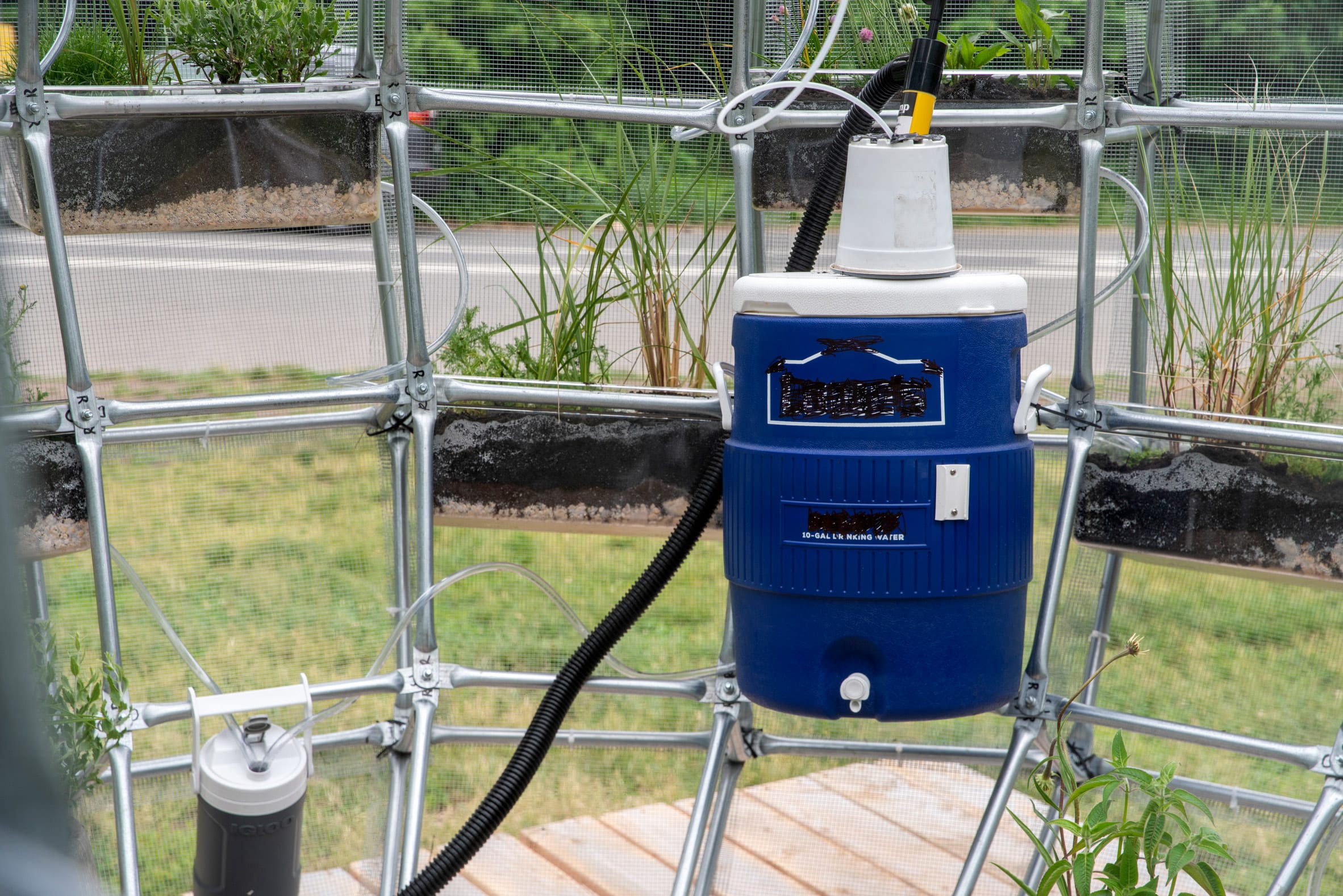 Mattingly wanted to draw attention to issues surrounding privatisation of water systems
Mattingly wanted to draw attention to issues surrounding privatisation of water systems
"I've been tracking water privatisation around the US and I began working with More Art on this research in 2018. We focused on New York City's public drinking water system" said Mattingly.
"Working together, we began focusing on highlighting public water systems that we thought were working well. They were more equitable, environmental and regenerative than the private systems, or both public and private systems."
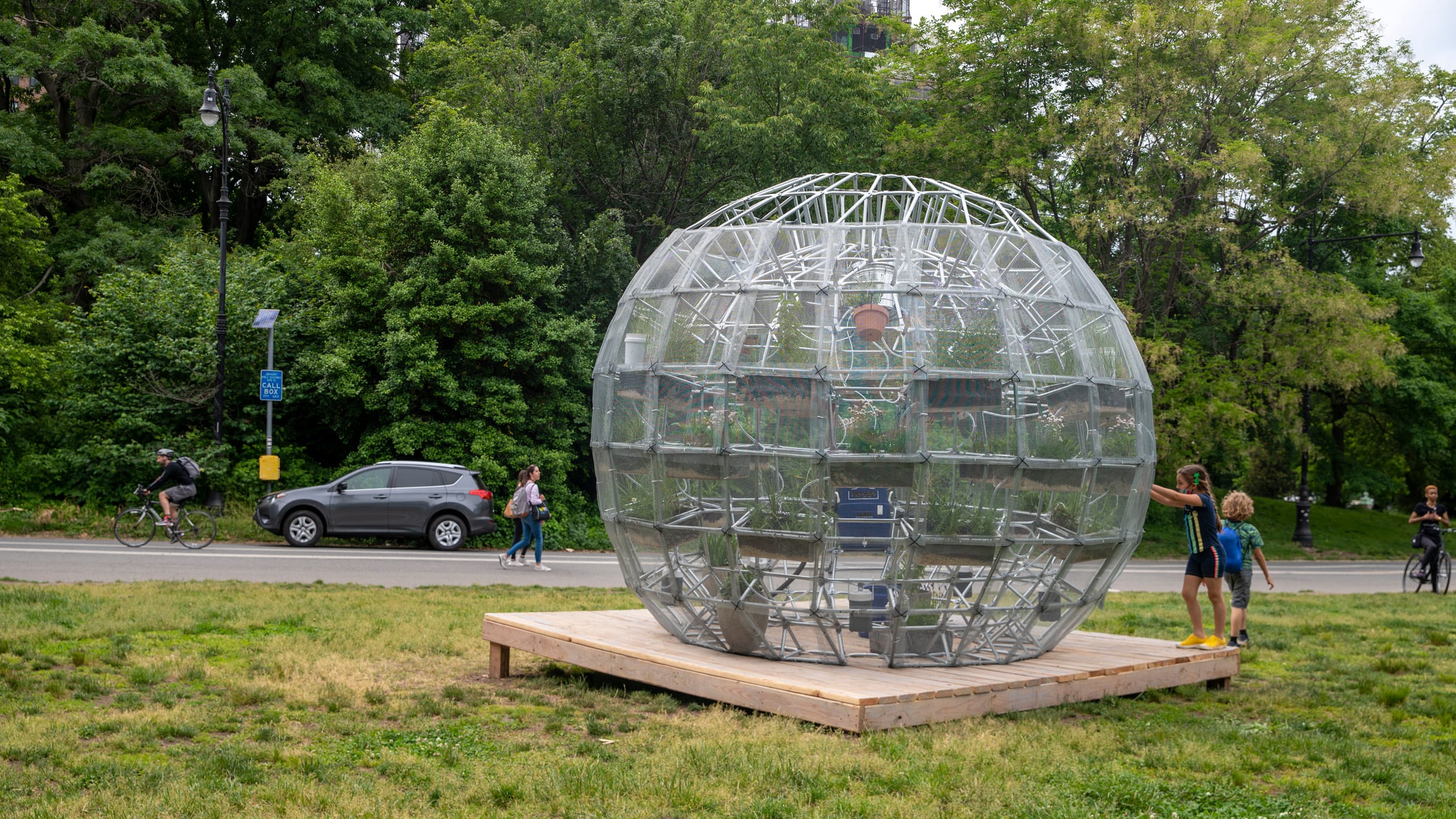 The public sculpture invites people to engage with its message
The public sculpture invites people to engage with its message
Through Watershed Core and its various other programmes, Public Water intends to share the strengths of New York's water system that over eight million people depend on daily.
"We're eager to share what steps have been taken to begin for the system to be more equitable, and look at how we can help in stewarding these watershed areas," explained Mattingly.
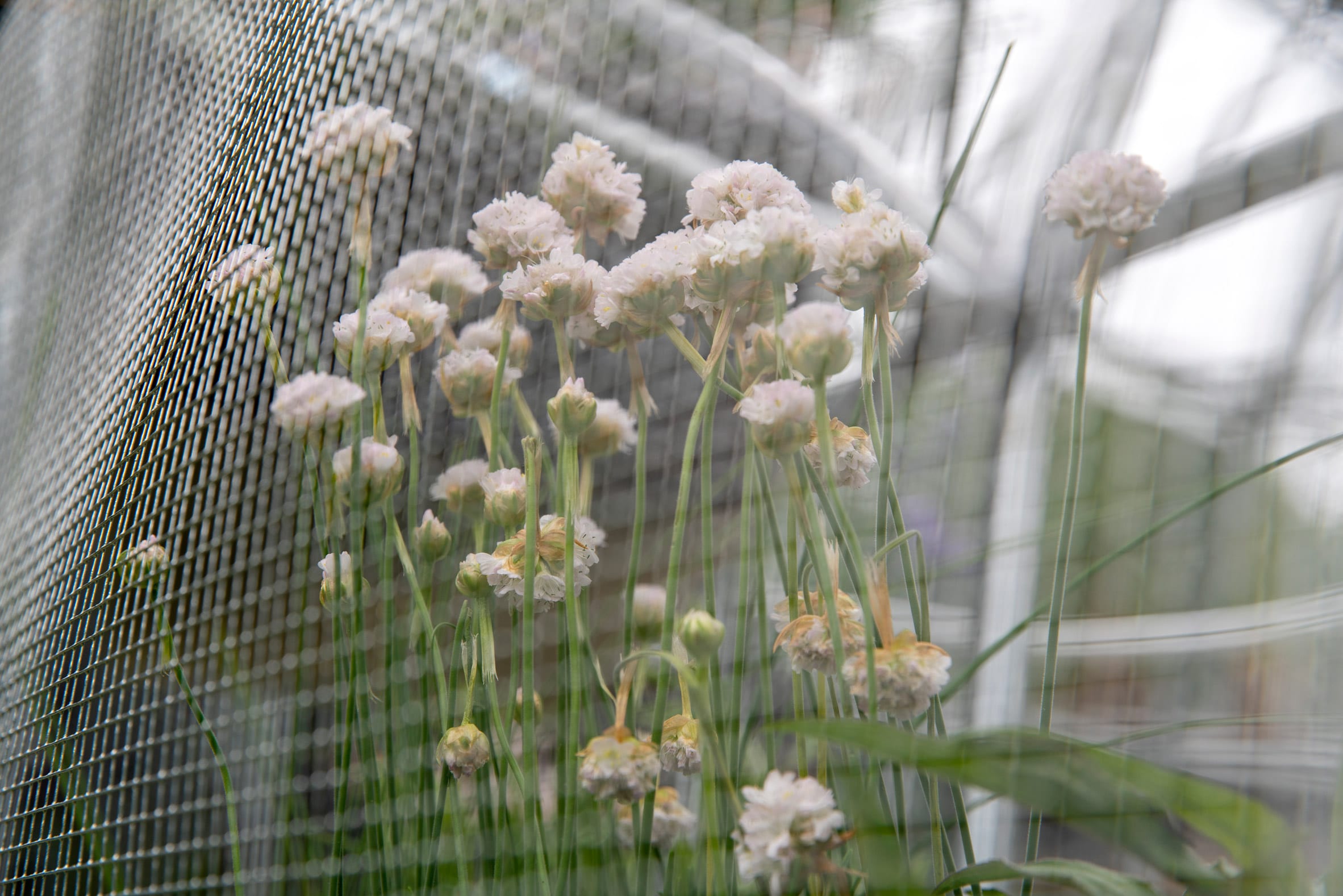 Native plants grow from the structure
Native plants grow from the structure
More Art and Mattingly have also created a self-guided walking tour that connects Watershed Core to Prospect Park's ecoWEIR, a natural water filtration system that has recently been installed to remove nutrients from the park's watercourse that lead to the development of harmful algae.
Mary Mattingly is an American artist whose work explores ecology and sustainability.
More Art is a New York-based non-profit art organisation.
Other projects that capture water and put it to use include rain-harvesting panels designed primarily for drought-stricken cities that can be fitted onto the sides of buildings for people to catch their own water.
Photography is byManuel Molina Martagon, courtesy of More Art.
The post Watershed Core is a cyclical installation that filters rainwater in New York appeared first on Dezeen.
#all #design #installations #usa #plants #brooklyn #water #newyorkcity #waterharvesting #sphericalarchitecture




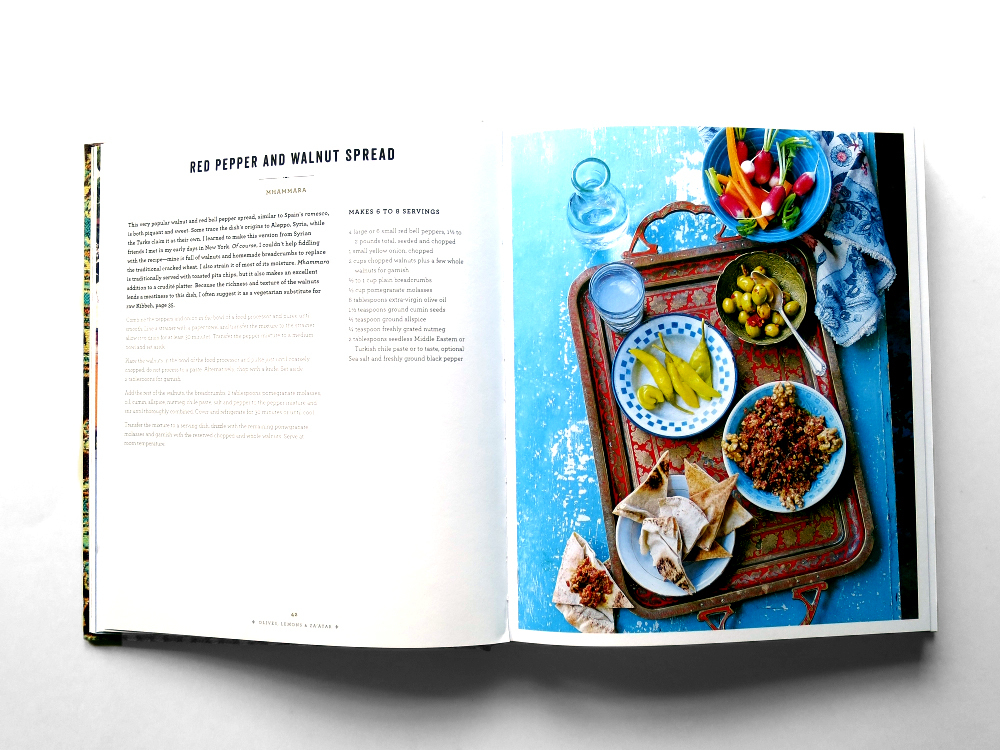
#Olives #Lemons #Zaatar #MiddleEastern #Cookbook #RawiaBishara #Nazareth #Palestinian #Chef #Restaurant-Owner #Tanoreen #Brooklyn #Arabic #Recipes #Culinary #Delights #Cuisine #Food #Our #World
Olives, Lemons & Za'atar
The Best Middle Eastern Home Cooking
A Cookbook by Rawia Bishara
Rawia Bishara is the chef and owner of Tanoreen restaurant in Brooklyn. Her cookbook is a collection of traditional Palestinian recipes she grew up with, as well as new creations influenced by her experiences in New York and Europe.
With 135 recipes in all, the book features vegetarian dishes, fish and shellfish, chicken, lamb, and beef, wheat-based flatbreads, bulgur wheat, and other Arabic foods. The beautiful photography and family stories takes you on a journey of her life from Nazareth to Brooklyn ~
The combination of traditional recipes and her own, make this an inviting cookbook for anyone that is interested in exploring Middle Eastern cuisine.
Yes, I recommend it!
One person like that





